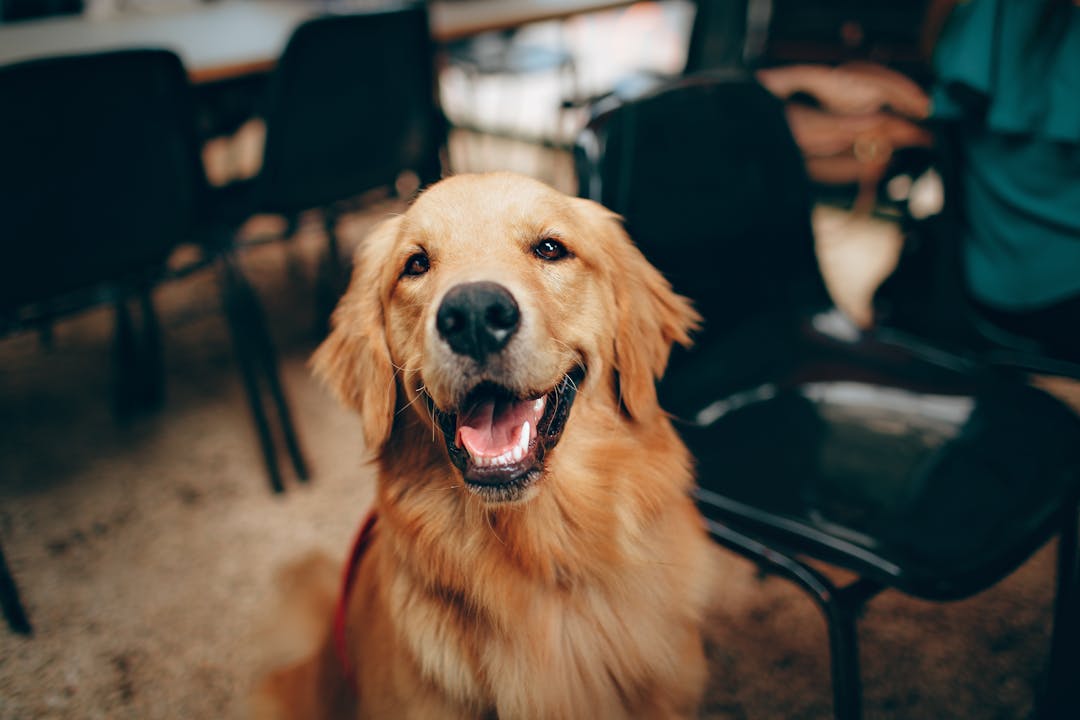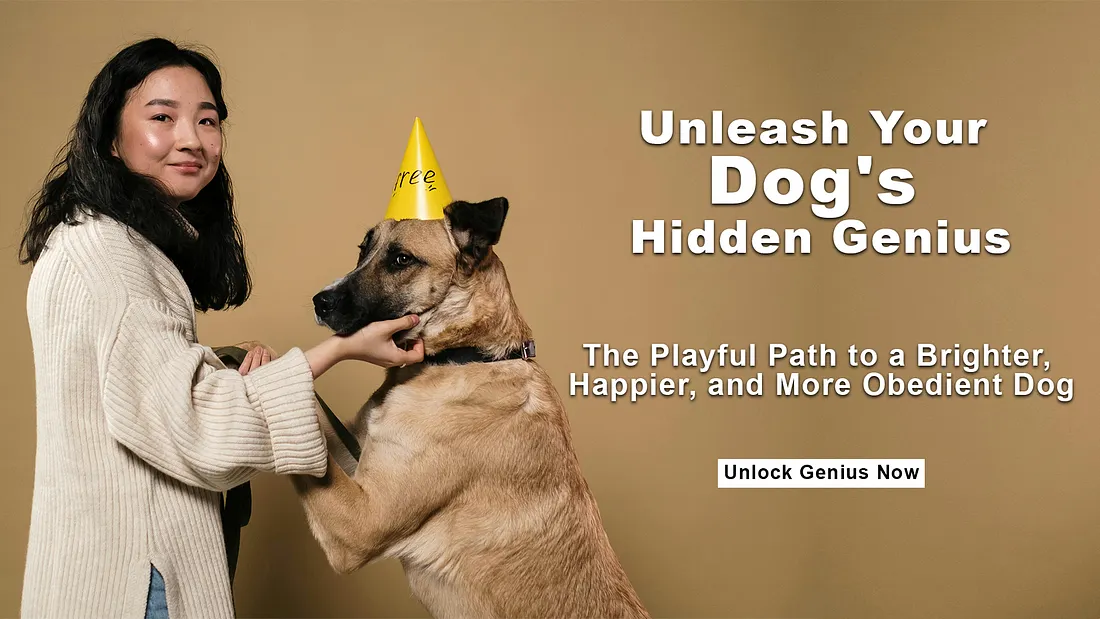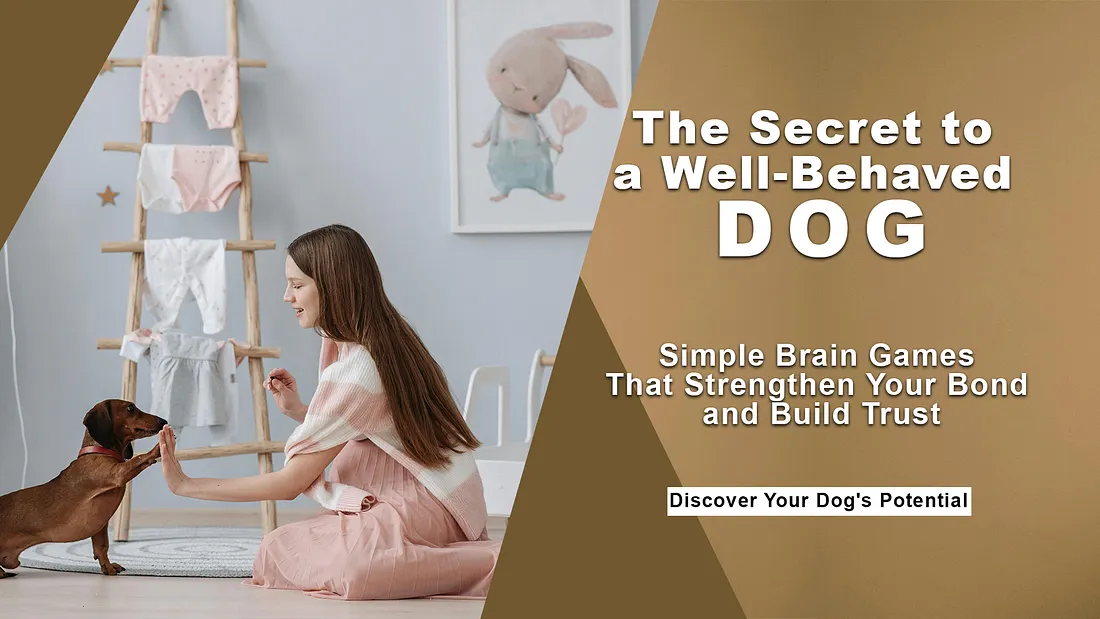End the Frustration : Enroll Your Dog in Training Today! (Palmdale, CA)
Change Your Dog’s Bad Habits with Fun Games
Those frustrating behaviors we often see – jumping on visitors, barking excessively, tugging on the leash, you name it – often stem from a lack of exercise, under-stimulation, or a misunderstanding of what you expect. Playful training can change that!
- Energetic Greeter? Turn fetch into a jumping redirect.
- When guests arrive, before your pup has a chance to leap, send them on a “mission” to fetch a favorite toy.
- Give them lots of attention and have your guest pet them once they bring the toy.
Dog Training Hand Signals: Is your pup more “ruff” around the edges than refined? Are you craving a better-behaved canine companion? The right dog trainer can make all the difference! Let’s break down how to discover the best dog training resources in your local area. Here we will discuss all the keywords like Dog Training Quotes and Dog Behaviorist Glasgow.
The Importance of Dog Training: Discover the Benefits
Dog training isn’t just about fancy tricks. It’s about improving your dog’s behavior :
- More Meaningful Bond: Working together fosters trust and strengthens your relationship with your dog.
- More Secure Dog: A obedient dog is less likely to run off, have altercations, or show harmful behaviors.
- Happier Household: Training helps with issues like excessive barking, chewing, and indoor mishaps.
Approaches of Dog Training Techniques
There is more than one way to train an older dog! Here are some common training options:
- Basic training classes: These cover essential commands like “sit”, “stay”, and “come”, leash manners, and socialization. These classes are perfect for young dogs and those new to formal training.
- Private Training: These sessions tackle particular behavior problems or more complex skills.
- Board-and-Train Programs: Your dog lives with the trainer for focused training over several weeks.
- Specialized training: Options include agility classes, nose work, or protection dog training.
Finding the Right Dog Trainer
Don’t just pick the first name you discover online. Inquire about the meaning behind it its origin any stories associated with it :
- Do they focus on positive reinforcement versus outdated punishment methods?
- Certifications: Look for relevant certifications, which indicate professional knowledge.
- Can they demonstrate success with the types of behavioral issues you’re facing?
- Ask for examples of their work with other dogs?
The Secret to a Calm, Obedient, Happy Dog
We all desires a well-behaved companion by their side. But behind every well-behaved dog isn’t just strict training, but also a dog that is mentally engaged, receives plenty of exercise , and deeply connected to its owner.
Solves all three :
- Pups, like us, need mental stimulation! Interactive play forces them to problem-solve. This mental workout staves off boredom, which might cause destructive behaviors.
- An exercised dog is often a good dog. Incorporating physical activity during your playtime establishes a healthy routine and allows them to release their energy in a safe environment.
- There’s nothing better for strengthening the owner-dog relationship like fun! Quality playtime encourages positive interactions, develops trust, and helps you understand your dog’s unique quirks and how they communicate.
Tap into Your Dog’s Optimal Behavior with Fun Brain Games
Some of the most fun games utilize your dog’s innate instincts. Here are a couple of engaging brain games to supercharge your training:
- Hide and Seek Fun: Hide treats or a favorite toy in simple boxes or under towels. Encourage your dog to use their sniffing skills to locate the prize. Begin with simple searches and gradually increase the difficulty as they get the hang of it!
- The Cup Challenge: Ideal for honing concentration and building impulse control. Set up three upside-down cups (non-transparent). Hide a treat under one, then shuffle them around, letting your dog choose which cup hides the reward.
- Puzzle Toys: Invest in interactive puzzles that require your dog to work for its treats. These mentally engaging toys provide entertainment for your furry friend while improving their reasoning skills.
Struggling with your dog’s barking? This effective course is the solution you need.
The best dog training shouldn’t feel like a chore for either of you. Play-based training transforms the whole experience with these key benefits:
- Enhances Motivation: Dogs, like children, learn faster when it’s enjoyable!
- Strengthens Recall: Games like fetch or an amped-up version of hide-and-seek naturally make your dog want to return to you, building reliable recall.
- Builds Confidence: Accomplishing tasks through play, though seemingly simple tasks, builds good feelings and gives your dog a sense of self-confidence.
- Reduces Stress: For both you and your dog! Play is a fantastic stress reliever, and the positive reinforcement approach eliminates the frustration that can come with training.
Quit Fighting with Your Dog: Train Through Play
If you’re frustrated with the classic “sit,” “stay,” and “heel” training, it’s time to try play. Remember, dogs don’t speak our language – they learn through repetition and actions. Games break complex things down into fun steps, helping them succeed in a non-pressured, happy environment.
Here’s how to incorporate games into basic training:
- Rather than physically pushing your dog into a seat, simply hold a treat above their head. As they naturally raise their head to reach it, gently guide it back so they naturally sit down. Immediately reward them! Now, you can say “sit” as the action happens. Play a similar game by lifting a paw for “shake.”
- Instead of a traditional “stay”, make “stay” a fun challenge. Have your dog sit and stay for a brief moment, then toss a toy a short distance. Release them with an enthusiastic “go get it!” and reward them for coming back to you instead of chasing the toy endlessly. Gradually increase the distance of the toss.
- Instead of struggling with the leash, turn your walk into a fun follow-along game. Change speeds suddenly, walk in circles, and switch directions without warning. Reward your dog for staying by your side. Add in a verbal “heel” cue as they follow your lead.
Dog Training Hand Signals
Do you want a smarter, fitter, better-behaved dog?
There’s no magic pill for a perfectly behaved dog. However, regularly making time for engaging, fun-filled training sessions is the closest thing to it. You’ll observe the benefits extend beyond just the specific commands you teach.:
- Improved Cognitive Function: Mentally challenged dogs become better problem solvers in situations beyond their training. This makes them less likely to get into trouble out of boredom!
- Increased Confidence: A dog who knows playful “tricks” and succeeds at training games feels more confident in their own abilities and their relationship with you.
- Better Overall Fitness: Active play is essential for keeping a dog at a healthy weight and helps alleviate joint pain and other ailments associated with a sedentary lifestyle.
- Decreased Anxiety: A well-exercised, mentally stimulated dog is less prone to anxiety and stress-related behaviors.
An Unexpected Method to Enhance Your Relationship with Your Dog
A key time you dedicate to playful training is more than just getting the results; it’s an investment in the most important thing – your relationship. Dogs thrive on loving interaction and shared experiences. Play fulfills both those needs and makes you your dog’s best playmate.
- Discover Your Dog’s Language: Through play, you’ll better understand what they like and dislike, and how they express themselves.
- Does a tail wag with a tucked rear mean fear instead of pure excitement? Play gives you a window into their world.
- Mutual Respect: Play-based training eliminates harsh corrections and emphasizes rewards for good choices. Your dog will see you as a source of joy, not just someone giving orders.
Warning Signs to Be Aware Of
- Those offering “guaranteed” results
- Those who primarily use harsh discipline techniques
- Anyone who refuses to let you watch a session
- Trainers who pressure you into high-priced plans upfront
Local Dog Training Resources
- Talk to your veterinarian: They might have excellent suggestions.
- Visit local pet stores or animal shelters: Many offer classes or referrals.
- Do an online search: Look for “[your neighborhood] dog trainers”. Read reviews and ratings on platforms like Google or Yelp.
- Find local dog-related communities: Social media or sites like Meetup.com can connect you to owners with trainer recommendations.
Keywords: Dog Training Quotes, Dog Training Hand Signals, and Dog Behaviorist Glasgow. Your location is near Palmdale, California, Los Angeles, 93550.
Let’s start the fun begin!
Keep in mind, play-based training is all about adapting and having as much fun as your dog! Let your creativity run wild, make things silly, and celebrate each tiny win along the way. You might even find yourself rediscovering the simple joys of being a dog owner as your loyal companion blossoms into their happiest and most well-behaved self.






